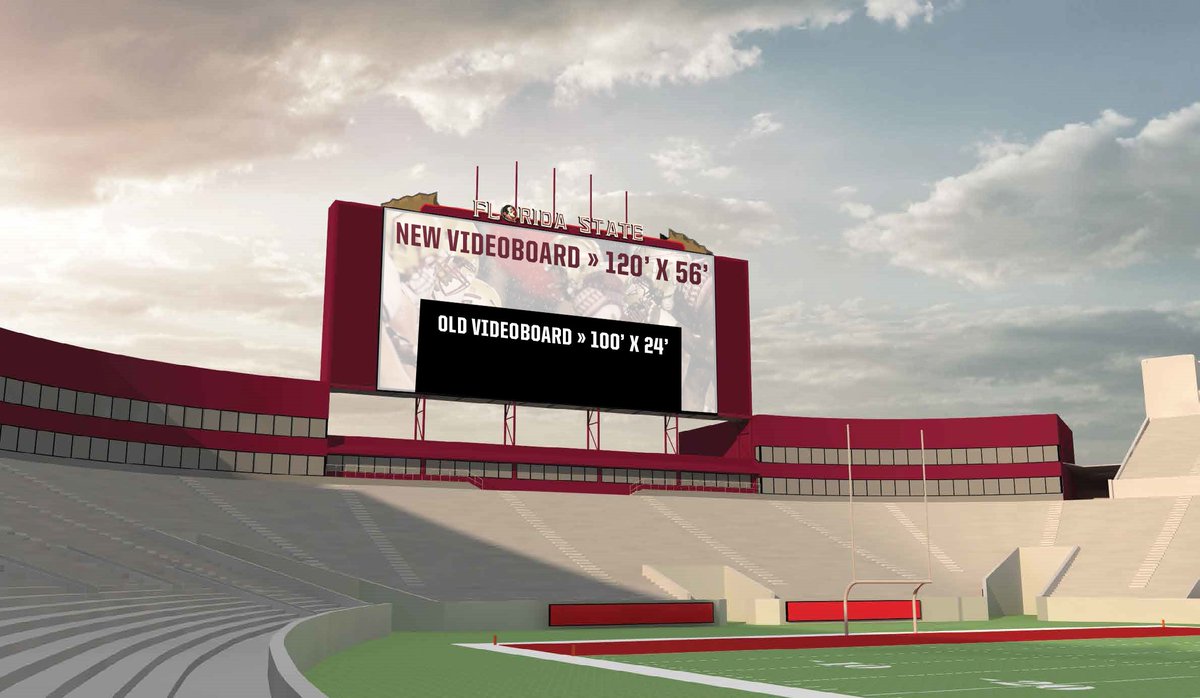https://floridastate.forums.rivals.com/threads/sec-527-4-million-in-2014-2015-32-7-million-sec-school.120702/
DotCom
"That $32 million per school figure in the SEC isn't surprising. We wrote a story last summer that pointed out that the estimated revenue for the SEC would be around that amount (the actual amount is actually about $1 million more than was estimated). The Big10 is in the same ballpark. Hard to put a hard number on the ACC payout but as we noted in the story from last July, Stan Wilcox was quoted as telling the BOT that FSU's cut would be something over $22 million. Since he specifically said $22 million it's pretty obvious the amount isn't going to be much more than that, maybe $23 million. But the point is that SEC and BIG10 schools are getting somewhere in a range of $10 million more each from their respective conferences. That's a huge disparity that's probably only going to get wider. "
"Unfortunately, your memory may not be so correct and the deficit numbers are NOT so ACC good.
According to a recent article that appeared in the Washington Post on November 23, 2015, entitled "Playing in the Red" at http://www.washingtonpost.com/sf/sports/wp/2015/11/23/running-up-the-bills/, it squarely contradicts your memory.
This Washington Post article reports that in 2014:
- 10 of the 13 state universities in the SEC operated in the BLACK. Only three SEC schools, i.e., Auburn, Ole Miss and South Carolina, operated in the RED. Private school Vanderbilt did not report; and
- In contrast, all NINE of the state universities in the ACC operated in the RED in 2014, including unfortunately FSU. Private schools BC, Duke, Miami, ND, Syracuse and WFU did not report.
Nonetheless, both Auburn and Virginia were off the chart in deficit each at about -$17 million.
Rutgers, however, was the king of RED at -$36 million in 2014.
In 2014, Florida operated in the BLACK at +$10.6 million, and Alabama operated in the Black at $27.1 million. Georgia also operated in the BLACK at $7.7 million. Tennessee also was in the BLACK but barely at -$0.1 million, while MSU was in the BLACK at +$5.2 million and Missouri was in the BLACK at +$2 million. Texas A&M and LSU were each in the BLACK at +$22.6 million and +$10.7 million, respectively. Even Arkansas operated in the BLACK at +$0.2 million.
FSU in 2014 operated in the RED at -$2.1 million.
After the $32.7 million payout per school in 2014-2015, I wonder if the SEC RED for those three schools has gone away.
If only FSU was in the SEC, the FSU's RED may be gone too. And, if so, just maybe, FSU would have reduced the ticket prices, parking fees and Booster contributions for the upcoming year or could have accelerated buying down the $79.5 million bond to renovate the stadium. "





/cdn0.vox-cdn.com/uploads/chorus_asset/file/6239411/Screen_Shot_2016-03-24_at_10.54.24_AM.0.png)

